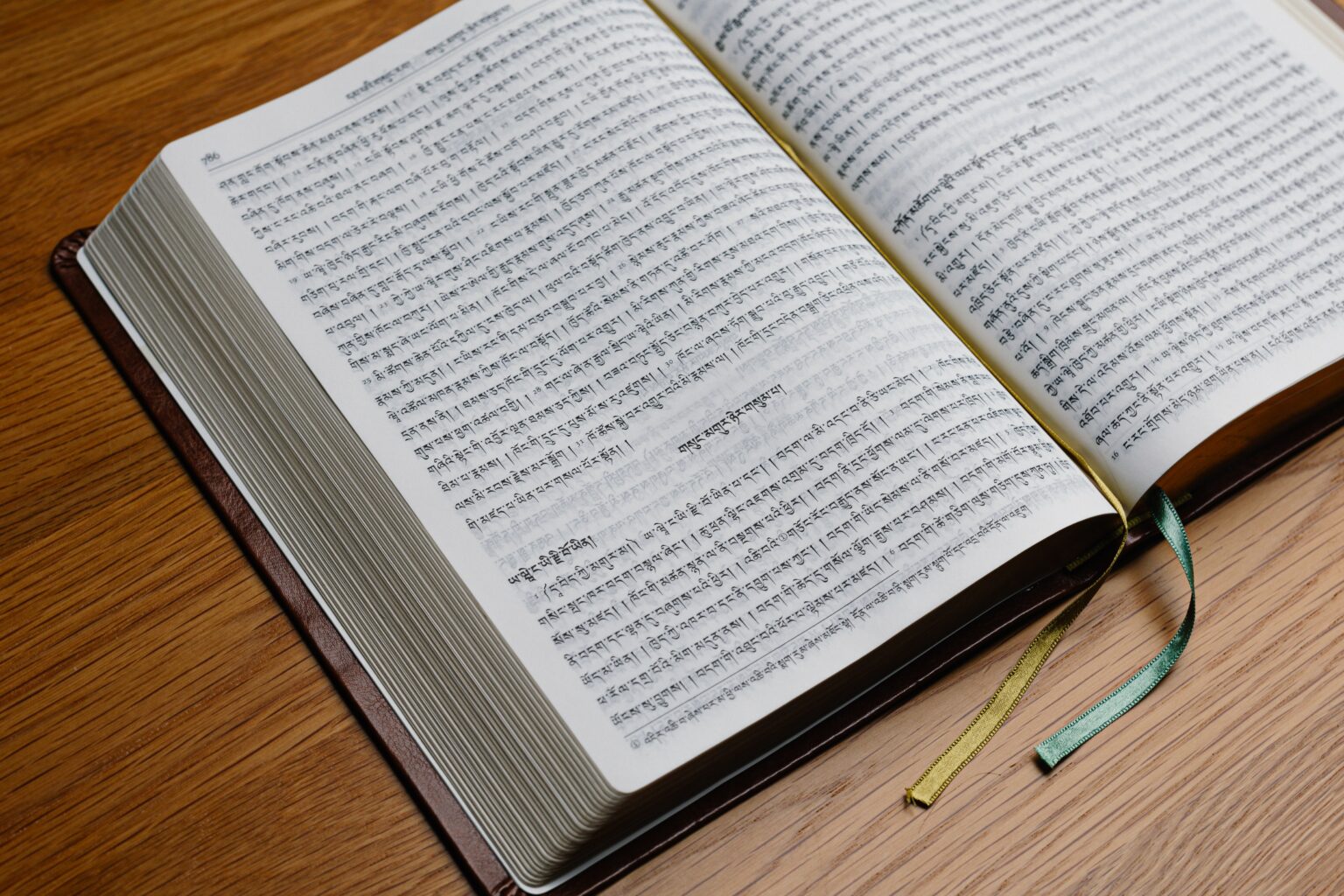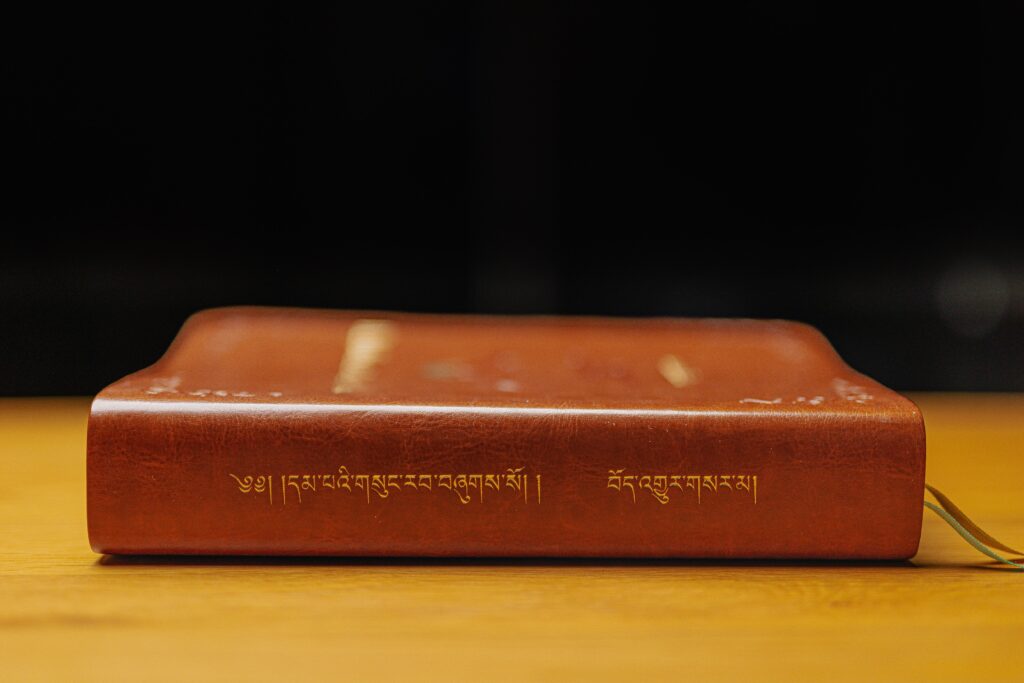The New Tibetan Bible (NTB) has been translated into the modern literary style of Tibetan. The NTB is an essentially literal translation of the Bible. It has been produced by Tibetan translators to the highest standards of quality through the process of drafting, multiple revisions, community testing, and consultant checking against the original languages. The NTB is suited for personal reading, in-depth study, public worship, and scripture memorization. This Tibetan translation is available with the prayer that it will help all those who read it know God through our Lord and Savior Jesus Christ.

